Fine motor activities for preschoolers
Fine motor activities for preschoolers
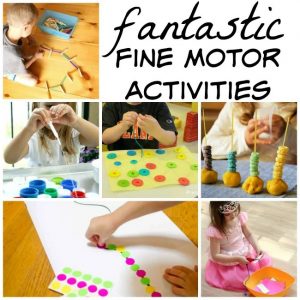
fine motor activities are the ability to make movements using the small muscles in our hands and wrists. Kids rely on these skills to do key tasks in school and in everyday life.
If your child struggles with tasks like writing, drawing, and using scissors you may have heard professionals mentioning the term fine motor skills when describing the challenges.
We use fine motor skills to make small movements. These movements come so naturally to most people that we usually don’t think about them.
Fine motor skills are complex, however. They involve the coordinated efforts of the brain and muscles, and they’re built on the gross motor skills that allow us to make bigger movements.
Fine motor skills aren’t specific learning skills like reading or solving maths problems.
But they directly impact how well kids are able to learn and show what they know. For instance, kids need fine motor skills to circle an answer in a bubble on a test or write an essay or response.
Without having gained strength in fine motor skills, a child can suffer moving forward. They may not have the ability to do these small tasks, but they also may lack the confidence to do more advanced tasks or projects because of this inability.
Kids need to use fine motor skills to do many tasks. These include:
Academics skills:
- Pencil skills (scribbling, coloring, drawing, writing)
- Scissors skills (cutting)
Play:
- Construction skills using Lego, Duplo, puzzles, train tracks
- Doll dressing and manipulation
- IT use (e.g., mouse and stylus manipulation)
Self-care:
- dressing – tying shoelaces, doling up sandals, zips, buttons, belts
- eating – using cutlery, opening lunch boxes and food bags
- hygiene – cleaning teeth, brushing hair, toileting.
Facing issues with fine motor skills?
Kids develop at different rates. But there are milestones they generally meet at certain ages. This includes fine motor milestones.
- For instance, at ages 5 or 6, kids can typically copy shapes and letters and use a fork and spoon with control. At 9 or 10, they can typically draw and use tools like a ruler without becoming too frustrated.
But some kids struggle with these skills for a long time. Ongoing trouble with motor skills might be a sign of developmental coordination disorder (DCD), which professionals refer to as dyspraxia. Kids with dysgraphia a learning difference that impacts writing may also have trouble with fine motor skills.
Difficulties with fine motor skills often aren’t identified until preschool when parents see that the kids are struggling.
How can you tell if a child has fine motor skill difficulties at a glance?
- Avoidance and/or disinterest of fiddly finger skills.
- Preferring physical activity to avoid sitting tasks.
- Interest in ‘passive’ activities such as IT (e.g. watching TV an IPAD that don’t require fine motor skills)
- No interest in pencil or scissors skills.
- Being ‘bossy’ in play and asking others to “draw something for them”.
- Not persisting in the face of a challenge (e.g., asking parents to fix a problem without physically trying to fix it themselves).
- Waiting for parents to dress them or clean their teeth rather than trying themselves.
Improving fine motor skills at home:
Your child might be able to get support at school if fine motor skills are a challenge. But there are things you can do at home to improve your child’s abilities, too.
- Discover multisensory techniques that can help.
- Try fun activities that can help built fine motor skills.
Below are some activities that can be practiced with a pre-schooler at home: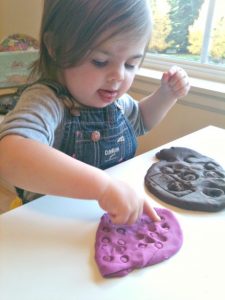
- Playdough: Add in some buttons in the dough to dig out, scissors to cut, and garlic presses for extra fun, you will be helping your child develop hand strength and fine motor skills.
- Lego: Try popping a handful on a tray and try to join them and shape them whichever way you want.
- Stickers: Use a bunch of stickers and let the kids stick them on any random pattern.
- Beading with beads or with cereal: Use simple pipe cleaners or string for beading beads to make magic wands or bracelets. This activity helps the kids to develop fine motor skills, eye-hand coordination, concentration, and improves sitting behavior.
- Tongs and Clips: Sorting and matching activities using tongs and clips is a great way to up the challenge for improving fine motor skills.
- Lacing cards:
- Pipe cleaners and strainers:
- Q-Tip Painting: All you need is paint, paper, and some q-tips.
- Water Transfer: Grab some pipettes and an ice cube tray, and you are all set.
10. Cutting: Grab some toy scissors and a knife with the lovely playdough.
Takeaways:
- Kids use fine motor skills to color, write, and do other activities that help them succeed in school.
- Ongoing trouble with fine motor skills could be a sign of developmental coordination disorder.
- Occupational therapy can help kids improve fine motor skills, and there are fun activities you can try at home, too.
Happy learning!
Feel free to contact us if you are still facing challenges to teach these skills to your children.
If you wish to know more about Speech Therapy, kindly contact us at info@1specialplace.com
https://therakonnect.com/appointments/book/1specialplace
For more ideas check out our other blogs https://1specialplace.com/news/
- Famous people with Autism/ADHD - August 16, 2022
- When is Speech Therapist needed? - March 26, 2022
- Best Toys for Speech Stimulation for Toddlers - June 21, 2021

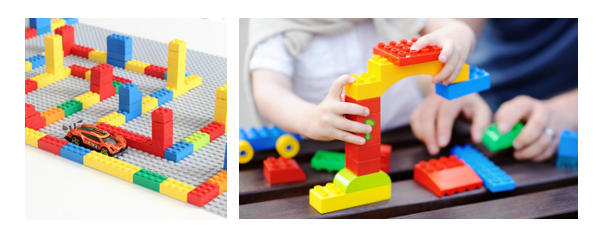
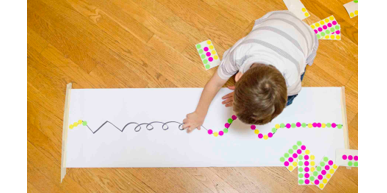
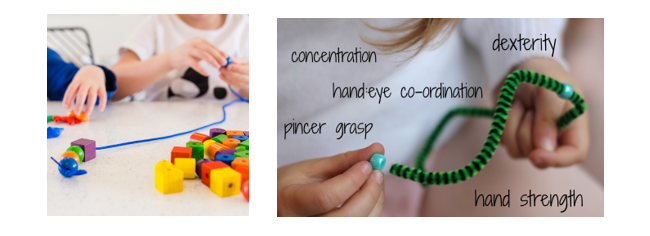

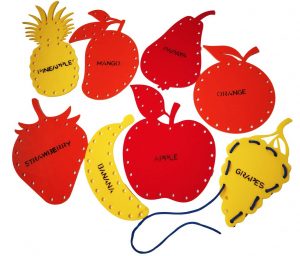
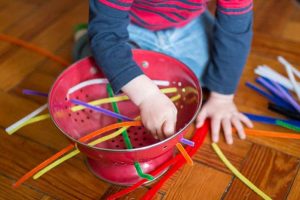
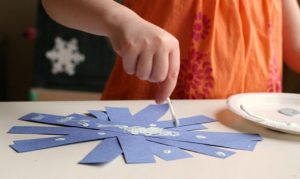
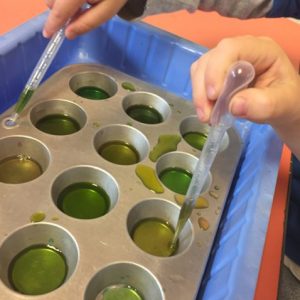

Leave a Comment
(0 Comments)